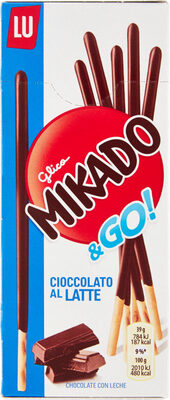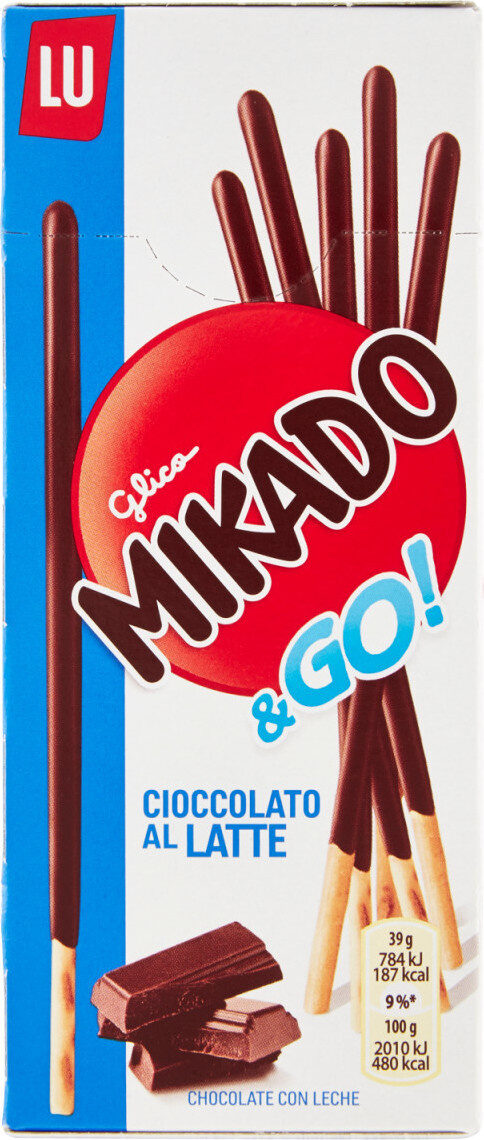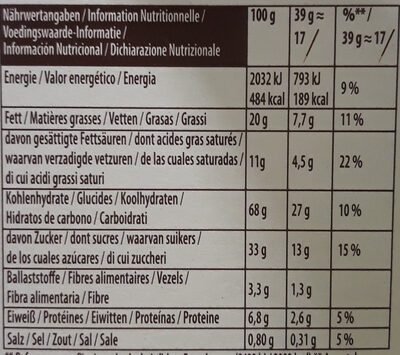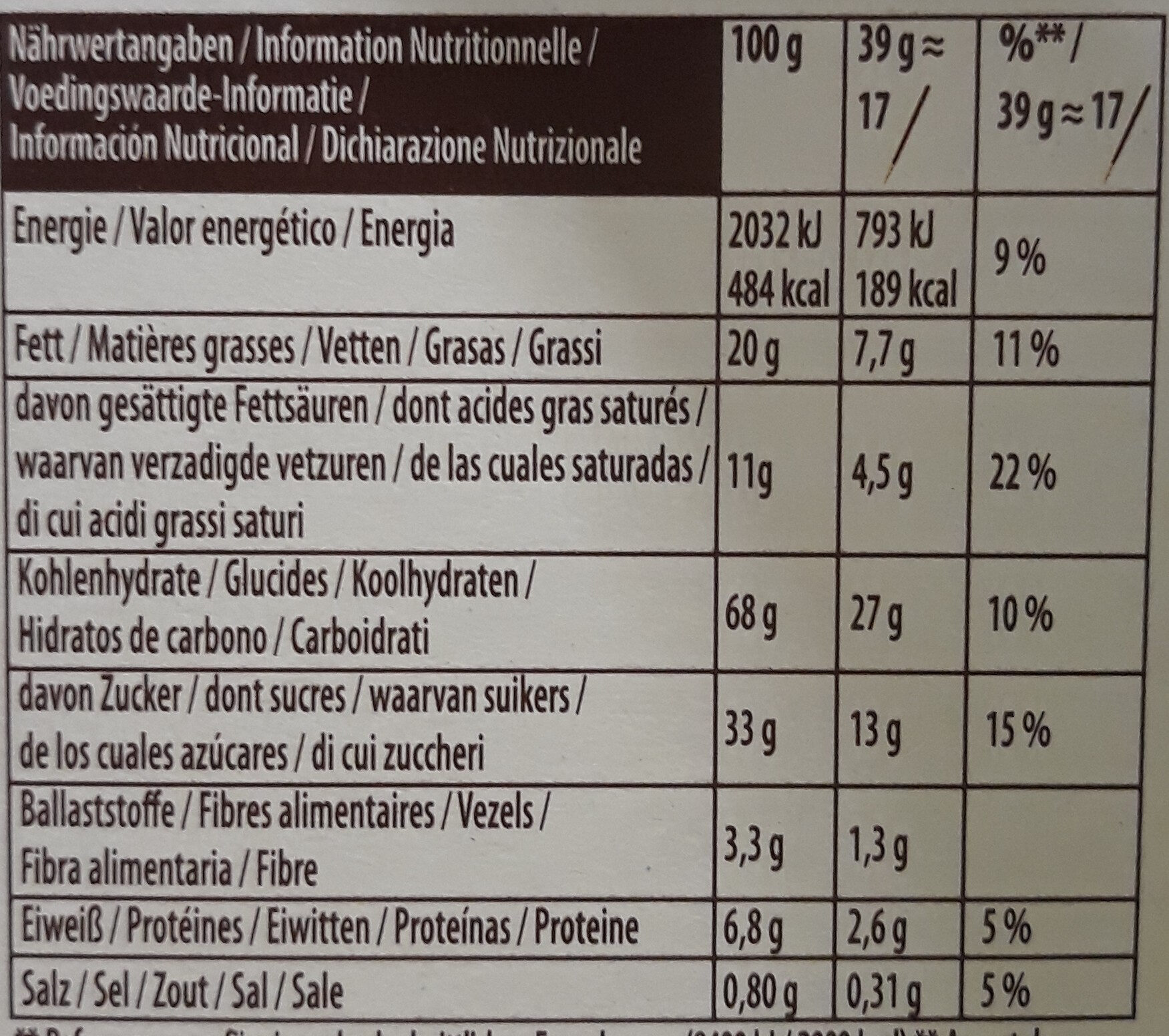Glico Mikado & Go - Chocolat au lait - LU - 39 g
This product page is not complete. You can help to complete it by editing it and adding more data from the photos we have, or by taking more photos using the app for Android or iPhone/iPad. Thank you!
×
Barra-kodea: 3017760628198 (EAN / EAN-13)
Izen arrunta: Biscuits nappés de chocolat au lait
Kopurua: 39 g
Ontziratzea: en:Metal, en:Recyclable Metals, 41 ALU, fr:Boite carton, fr:Film en plastique
Kategoriak: en:Snacks, en:Sweet snacks, en:Biscuits and cakes, Gaileta, en:Chocolate biscuits, en:Milk chocolate biscuits, en:Stick biscuits covered with chocolate
Etiketak, ziurtagiriak, sariak:
en:Green Dot
Dendak: Franprix
Matching with your preferences
Report a problem
Datuen iturria
Product added on by andre
Last edit of product page on by inf.
Produktuaren orria -gatik editatua date-limite-app, foodless, foodvisor, g123k, kiliweb, manu1400, moon-rabbit, naruyoko, openfoodfacts-contributors, org-app-foodbowel, packbot, quechoisir, roboto-app, scanbot, sqoia, stephane, tacite, thierrym, yuka.R1lBbUlMWTgrOW8zb2Rnejhnekg4L2hIMnJhM1l6S1JGOUVVSVE9PQ, yuka.RnJ3ZENvOE5yTnNVdXYwUjB6V1B3STU2enIyTlVXeVRPdWNBSWc9PQ, yuka.SHBJZFBvWTUvdmthcWRzTzJScmE0TWdyeXFXdWZuT1RCdTlLSUE9PQ, yuka.UjVBZERZQlFpUElycDhVUjVTLzczT05zOVlEMVlqbStDN1ErSUE9PQ, yuka.VnE1ZktKb3J1ZEkzc2NKaHdFdlcvSU4rNDhPRURXMjZMdm83SUE9PQ, yuka.WXJzbkhxMDdyZklPdk0xa293TEkvb3Q2dzRhRFdEK3VOTlE4SVE9PQ, yuka.YTU5WktvczRyY2NqaGMwSDlRdnFvZTkrenE2UGZqbVNEZVUySVE9PQ, yuka.sY2b0xO6T85zoF3NwEKvlmdlUN3SnmvoNEzhwGig1IyPIoLHbeNJspbZGqs.












